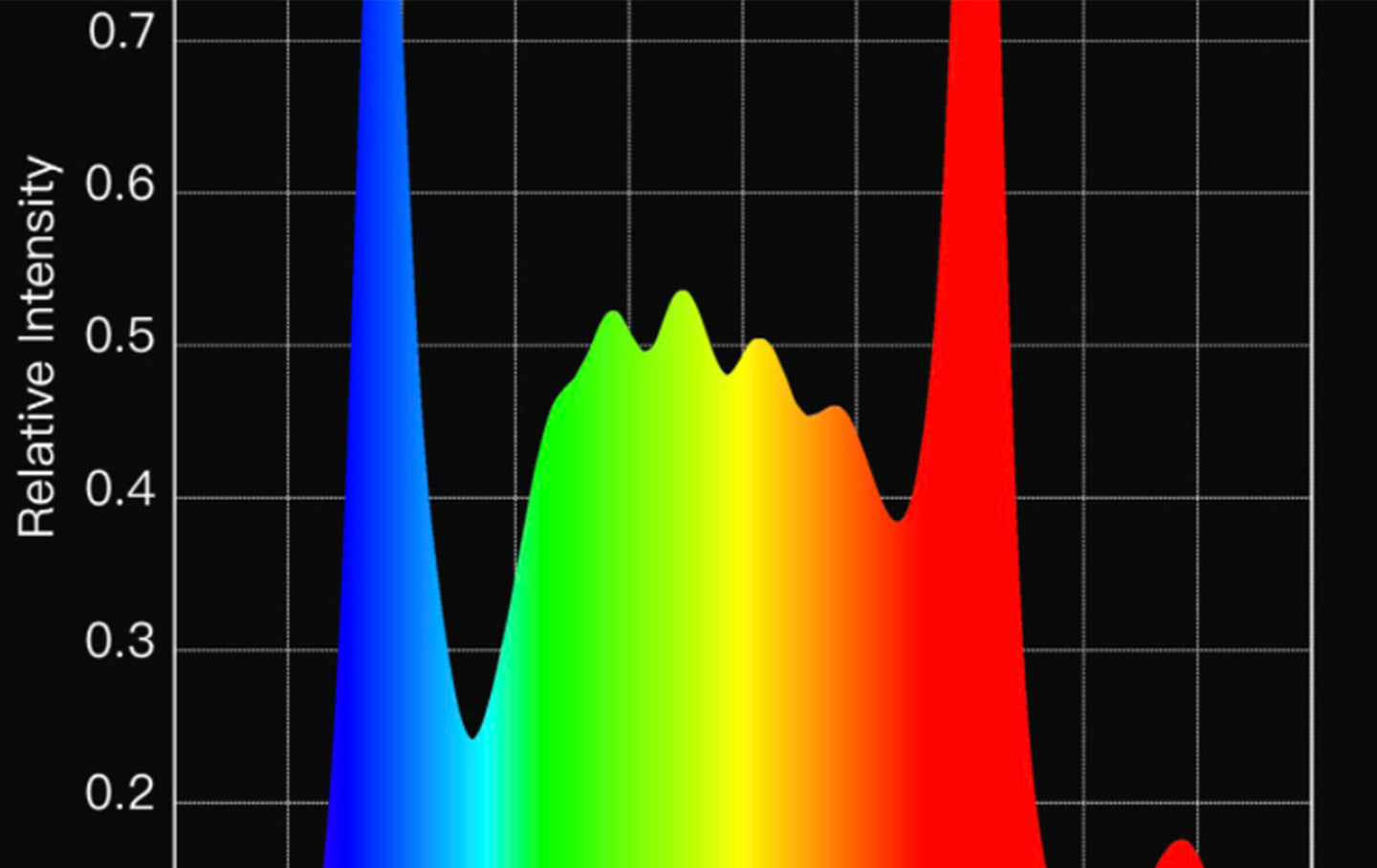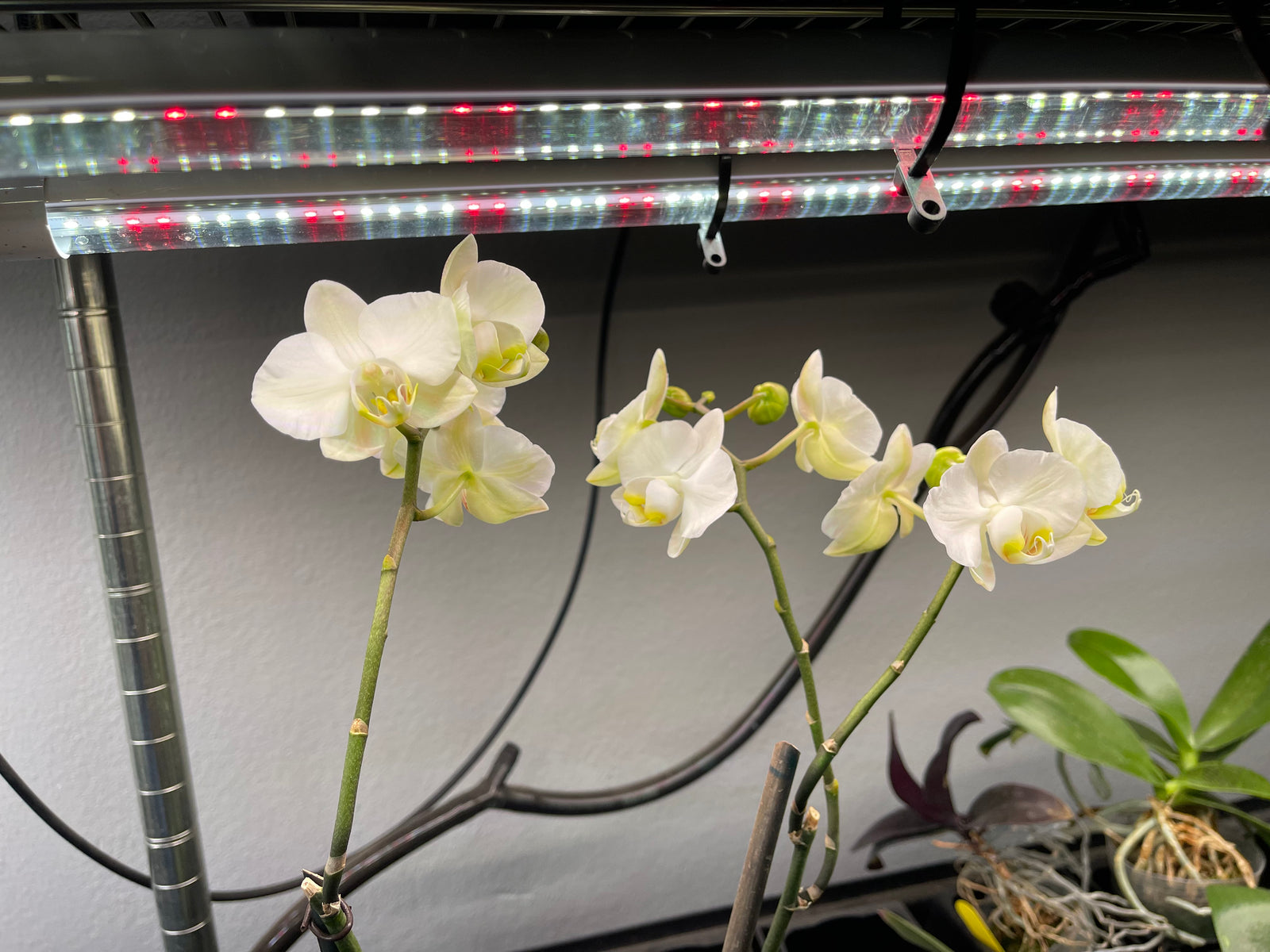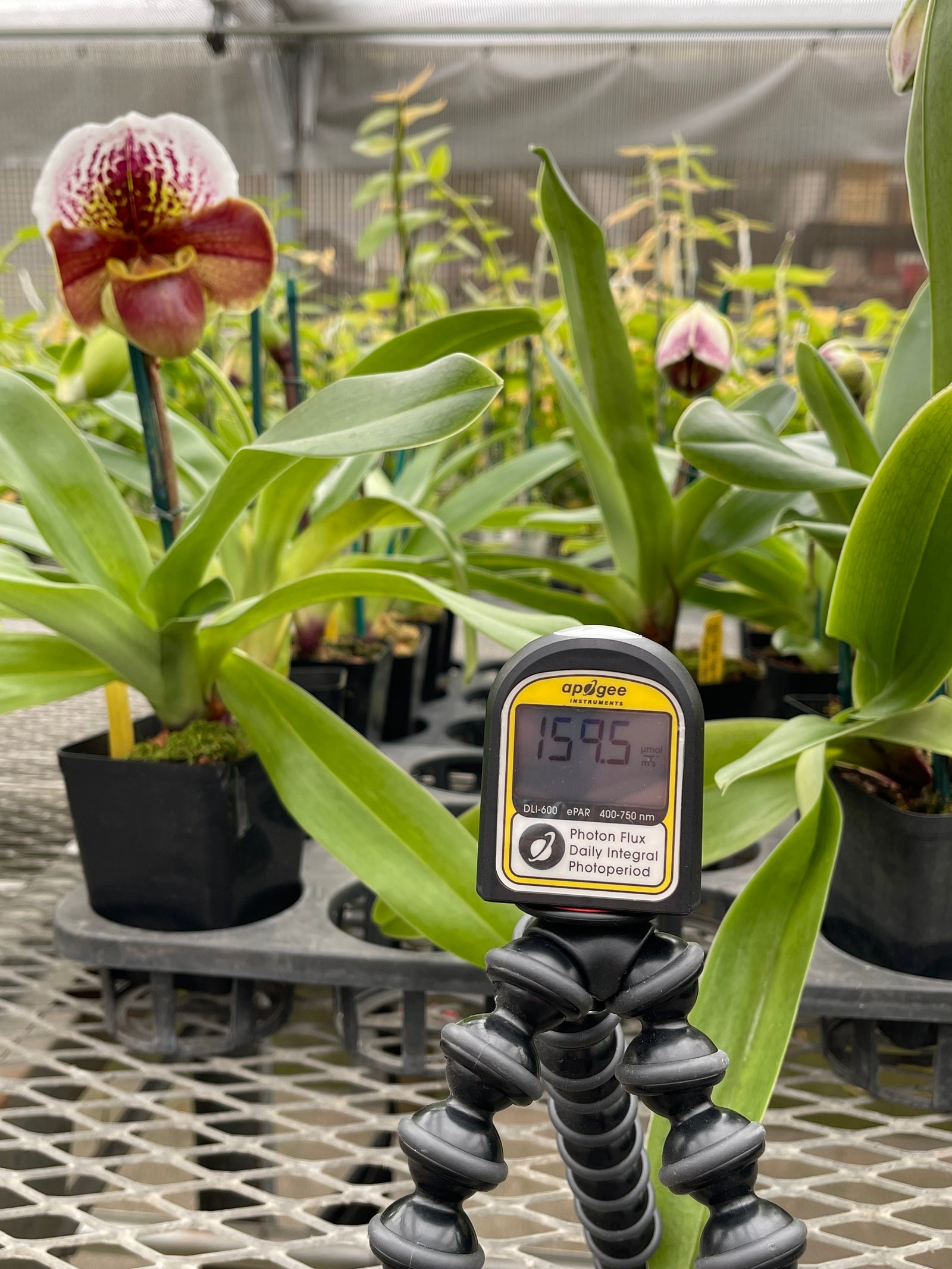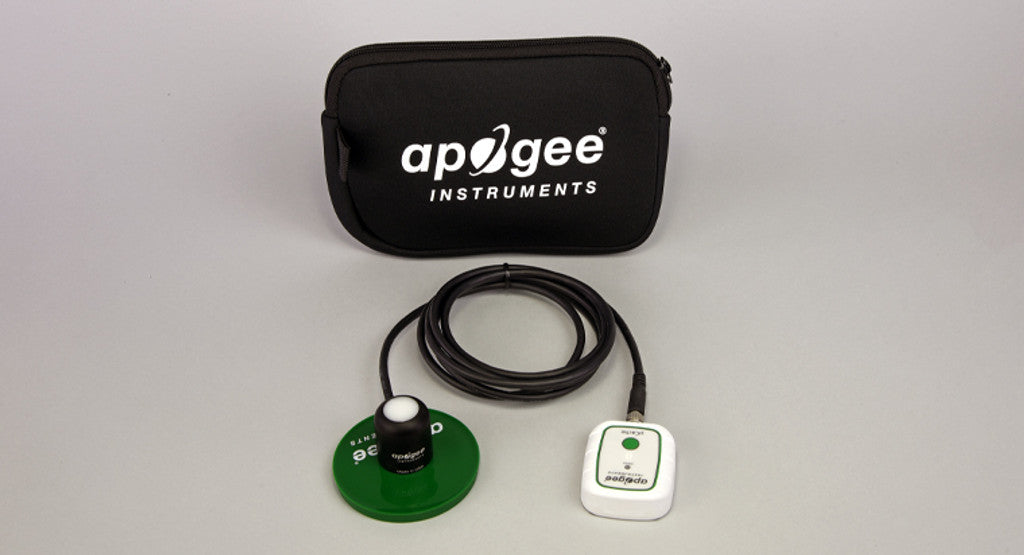What is PAR? PAR is an often misused and misunderstood acronym that gets confused with PPFD. They are 2 different acronyms’ with 2 different meanings. PAR stands for photosynthetic active radiation. It is the part of the spectrum that drives photosynthesis and it is between 400nm and 700nm.
It is very important to you because when you are looking for grow lights this is the range that your plant will see and utilize for growing and blooming. The part of the spectrum that plants respond best to is not necessarily what we see the best. People can see the full range of PAR with their eyes, but the center or Green (555nm) part is what looks the brightest to us. The Green was once thought useless as part of a spectrum for plants. It has now been shown that isn’t true, but it is still not considered the most important part of the spectrum.
With the exception of a few nanometers the rest of the spectrum is not used for photosynthesis.
Photosynthesis is needed to convert sunlight, and carbon dioxide into oxygen, and sugars that the plant will use for fuel. That is what will lead you to your ultimate goal of large specimen size plants with multiple blooms.
Looking at the image above you will see three distinct colors in the graph. Blue, Green, and Red. What I have found to work well with Orchids, African Violets, houseplants and vegetables is a balanced approach to these spectrums. I like to see spikes in Blue and Red, while less in the Green.






Leave a comment (all fields required)